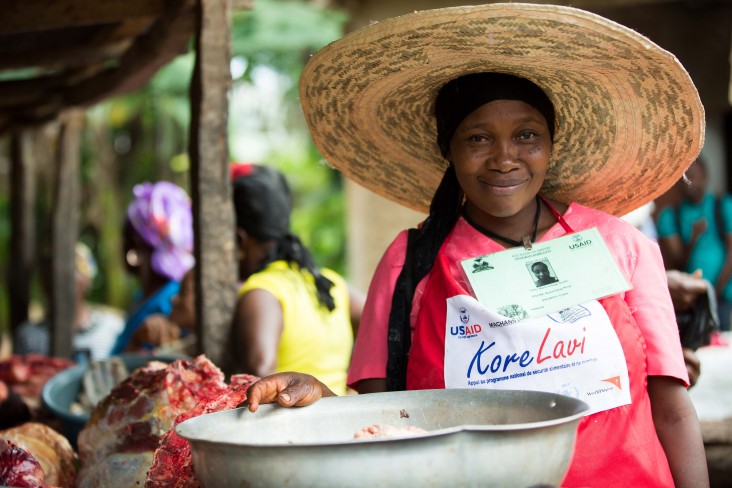Speeches Shim

Roughly 2.5 million Haitians live in extreme poverty (below $1.25 per day), predominantly in rural areas. The economy is largely informal and heavily dependent on small family farms. However, agricultural production has languished in the face of growing rural population pressures, recurrent natural disasters, extreme weather events (e.g. droughts), and farmers’ limited access to information, modern technology and practices. Haiti’s economic climate is also challenging, ranking the country 181 of 190 on the World Bank Ease of Doing Business Index. Despite these challenges, Haiti has experienced some positive economic growth in recent years. Additionally, agricultural potential for domestic and export markets is promising and an important driver of growth.
In the agricultural sector, USAID’s strategy focuses on sustainably increasing farmers’ incomes through measures that increase productivity through the introduction of better inputs and improved technology, stabilize the hillsides above productive plains, and strengthen agricultural markets through better access to domestic and international markets. USAID also makes farming more profitable by helping farmers to process staple crops, like corn, rice, bean, plantain, as well as cash crops such as cacao and mango.
To learn more about USAID's work to support economic growth and agriculture, click here.


Comment
Make a general inquiry or suggest an improvement.